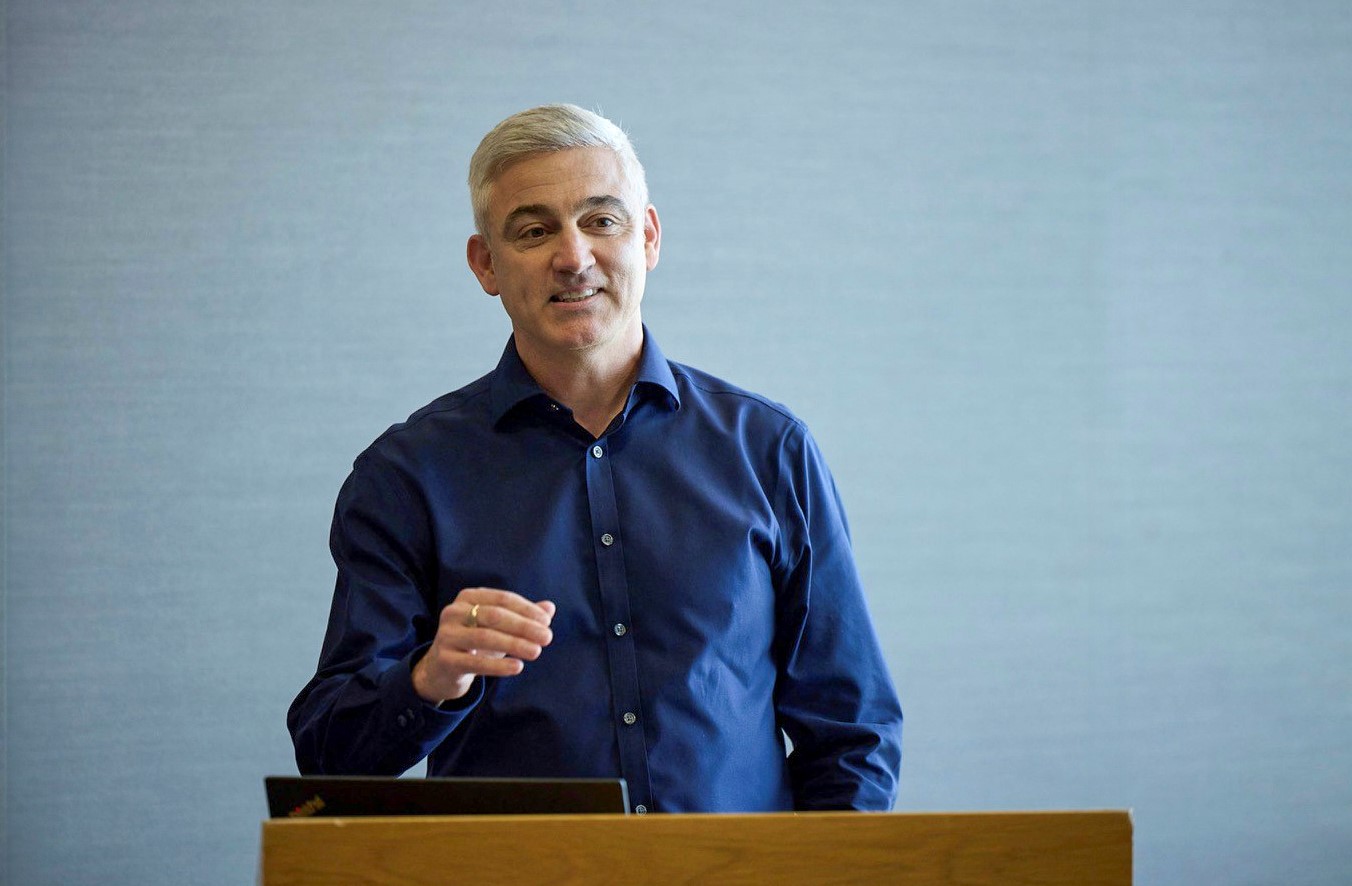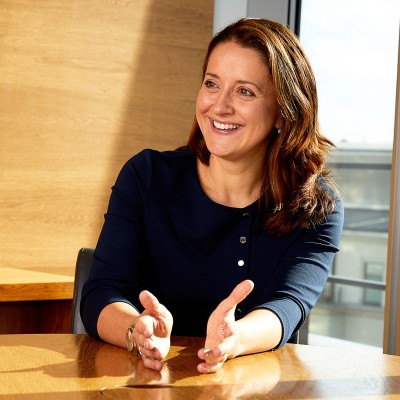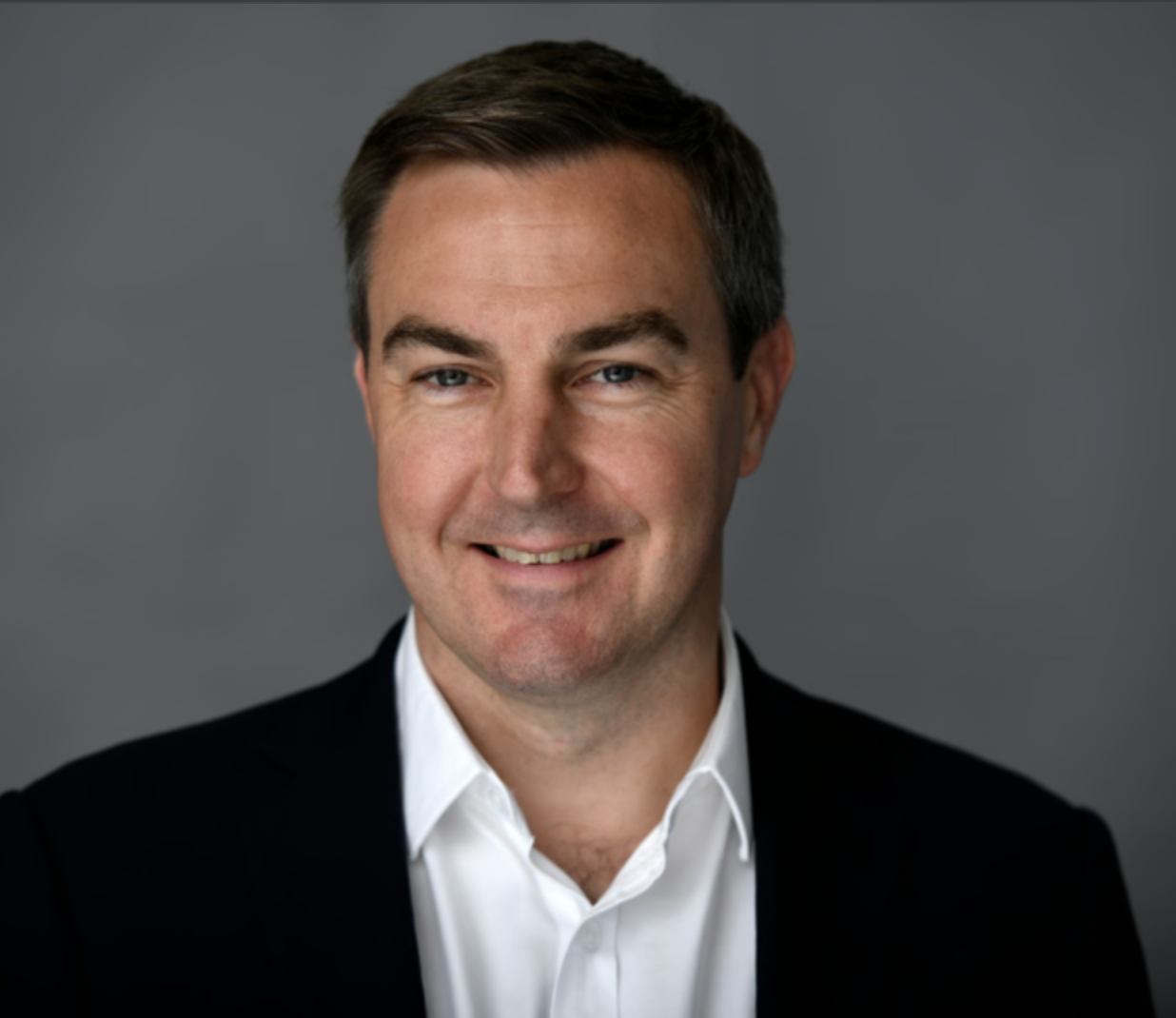Engagement Excellence: Are we looking down the wrong end of the telescope?

There is no doubt that we live in a fast-paced industry with never ending changes, fluctuating interest rates, regulation, Consumer Duty, technology changes and the threat from larger, digital options for clients. For advisers, it can be overwhelming.
With all this change comes a fear of what the future might hold. What does it look like for advisers? What skills will they need? What channels will they use? How will they interact with their clients?
While many embrace the benefits of new technology, this doesn’t change the fact that people like dealing with people. They appreciate the human touch and hearing expert insights. This suggests advisers will always be needed but perhaps how we offer advice will change.
Despite emphasis on other elements, the one area I feel is regularly overlooked, which more often than not is the secret sauce to success, is engagement. Yes, engagement!
Just last quarter the news broke that Amazon was pulling out of the insurance space. Was it any surprise? While a shame for the employees, it proves the complexities of the industry we work in. One of the largest organisations in the world, with their customer centric obsession, has admitted defeat, despite the wealth of resources at their disposal.
This is an industry that requires engagement. That doesn’t mean exchanging pleasantries over a cup of tea; it is about reaching people when they are interested in what you have to offer and in a way that makes them feel comfortable and confident enough to buy.
A profound shift is underway. Moving beyond the traditional transactional approach of selling policies, forward-thinking firms are reimagining client engagement as a journey of protection, education, and empowerment. However, as we navigate this transformative era, a critical question looms: Are we looking far enough into the future to meet the changing needs of clients, particularly the younger generations?
Recently I read an interesting research study from the Boston Consulting Group study on Building Customer Experience for the Future which states:
If you’re working on an omnichannel strategy, you’re already two steps behind. The most successful companies aren’t just meeting customers where they are today; they’re looking for ways to engage them tomorrow.
Gone are the days when simply closing a deal marked the end of the interaction with a client. Today’s savvy consumers expect more. They demand an ongoing relationship built on trust, transparency and value. It’s not just about selling a policy; it’s about guiding clients through their financial journey, identifying their unique needs and addressing any gaps in cover as their lives evolve. By providing a multi touch approach throughout the lifetime of the client, we can ensure a client for life and also capture new opportunities for the future.
Education plays a key component here. Empowering clients with knowledge about various protection options, risks and the importance of comprehensive cover is essential. By fostering an understanding of protection products, clients are better equipped to make informed decisions aligned with their financial goals and circumstances.
Crucially, this educational initiative extends beyond the initial sale. Continuous engagement involves periodic reviews to reassess clients’ evolving needs and identify gaps in their cover. Whether it’s changes in personal circumstances, offering tailored solutions that evolve alongside their circumstances, or emerging risks, proactive monitoring ensures clients remain adequately protected at all times.
A cornerstone of this emerging approach is technology. Companies who are investing in technology to empower clients with knowledge and educate regularly using platforms that meet clients where they are, at relevant stages of their journey will move forward into the future and foster a deeper understanding of their customer’s needs. For example leveraging advanced analytics and data insights through innovative technology solutions, adviser firms can assess clients’ overall risk exposure across multiple policies. Clients can use mobile technology to access their full risk score at any time and receive relevant, regular communication from advisers about their risk. This holistic approach enables advisers to offer targeted recommendations to mitigate potential vulnerabilities and optimise coverage while fulfilling many of the requirements of Consumer Duty and strengthen trust in the advisory relationship.
Yet, perhaps the most vital element of this evolving paradigm is nurturing clients. It’s about fostering meaningful connections, providing ongoing support, and demonstrating genuine care for clients’ well-being. This requires a shift from a purely transactional mindset to one focused on building long-term, mutually beneficial relationships. Using modern technology like BrokerIQ can play a huge role in using client specific data to automate important communication at the relevant time to clients, providing an ongoing duty of care and information that nurtures the client relationship and brings clients on a journey of protection.
As we contemplate the future of client engagement, we must not overlook the importance of reaching younger generations in protection planning. Millennials and Gen Z represent the future of the financial services industry, and their expectations differ significantly from previous generations. Recognising the importance of early intervention, industry stakeholders who are forward thinking are devising strategies to engage millennials and Gen Z in the way that suits them. They demand personalised, tech-savvy experiences, and they expect firms to meet them where they are, whether that’s through social media, digital platforms, or innovative communication channels. Not all clients will want to use email or portals and tech providers have to accept that what clients want takes precedence. Organisations who have not invested in user-friendly mobile apps and mobile first solutions are significantly behind the times and run the risk of not attracting Millennial and Gen Z consumers or losing them to more digital first services.
In essence, the industry must ask itself: Are we looking through the right end of the telescope? Are we truly anticipating the needs of tomorrow’s clients, or are we merely reacting to today’s challenges? To thrive in the years ahead, firms must embrace a forward-looking mindset, monitor data – user behaviour and engagement while continually innovating and adapting to meet the evolving expectations of clients across all generations.
In this era of unprecedented change, the firms that dare to look beyond the horizon and embrace the future of client engagement will emerge as the leaders of tomorrow.

























